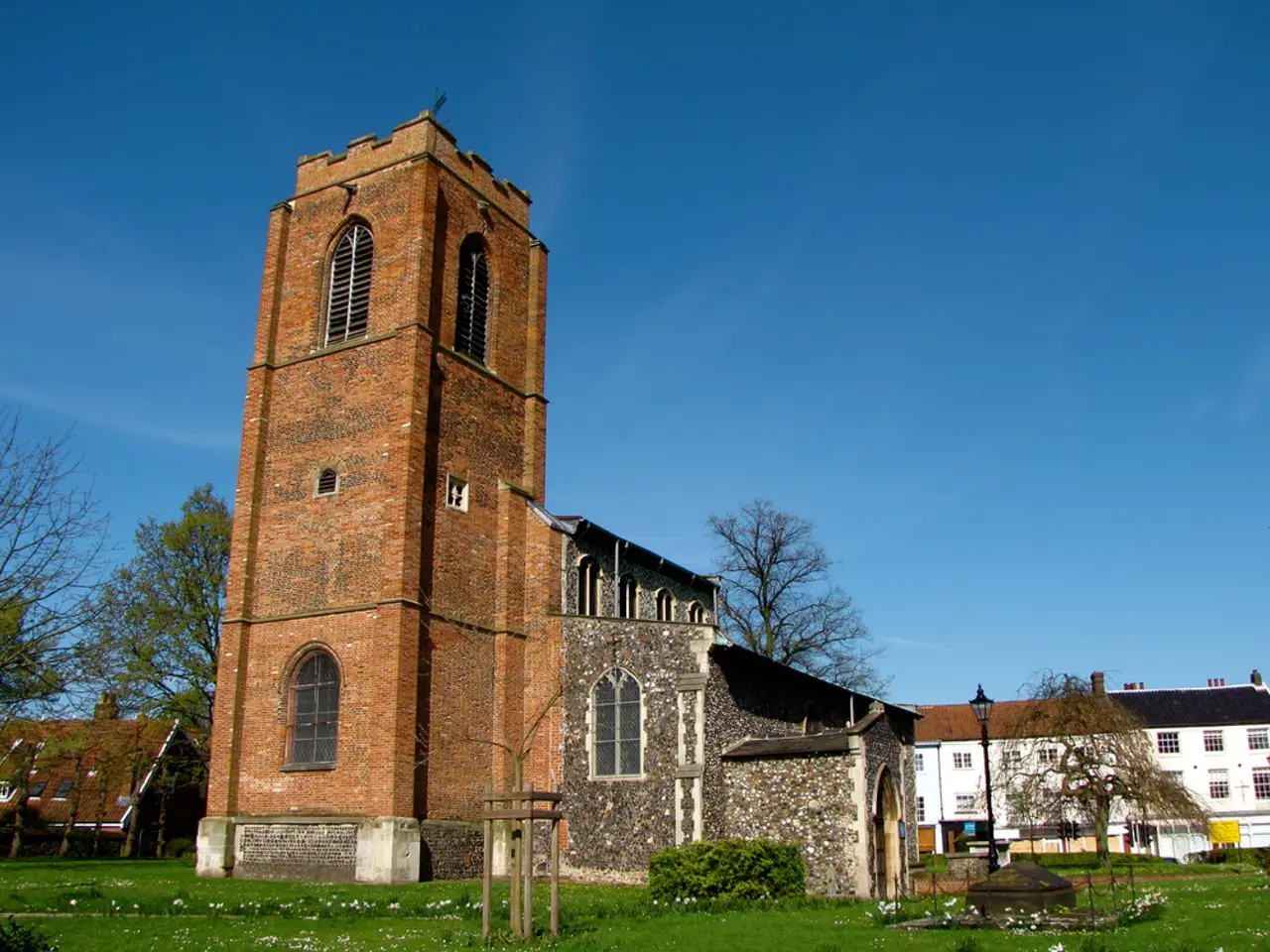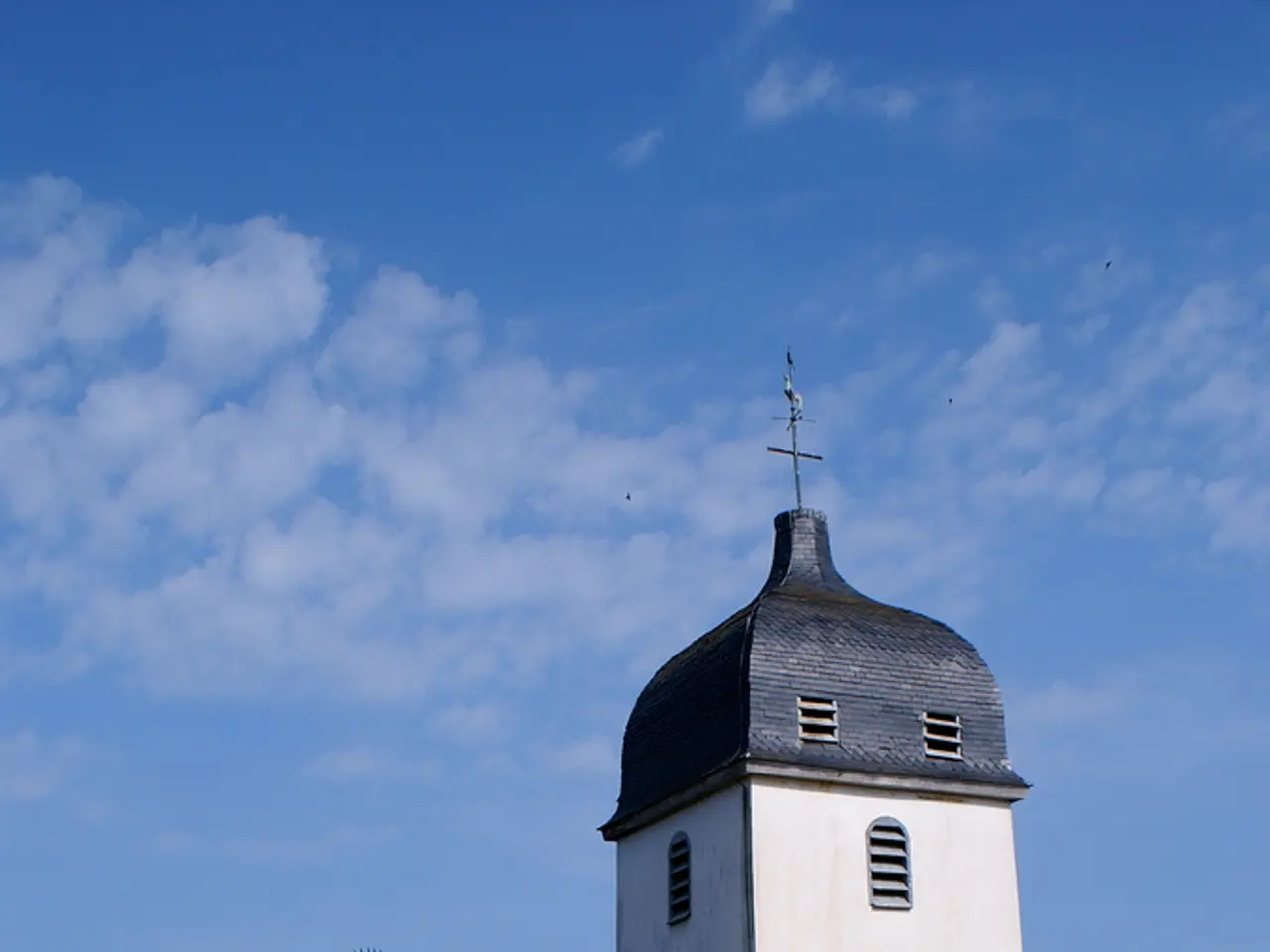Motorcyclist Fataly Mauled by Bear on Transfăgărășan Mountain Highway in Romania
A tragic incident has unfolded in Romania's Transfăgărășan region, where a motorcyclist was fatally attacked by a bear. The bear involved in the attack has not yet been located, and an investigation involving firefighters, gendarmes, and police officers is currently underway.
The incident occurred near a hotel at the Vidraru dam, where the motorcyclist was part of a group traveling from Vidraru towards Bâlea Lake. The group stopped at the side of the road, where they were attacked by a bear. The motorcycle, found abandoned on the roadside, has Italian license plates.
This incident underscores the lethal risks associated with human-bear interactions, a problem that has been growing in Romania. The country has the largest brown bear population in the EU, estimated between 10,419 and 12,770. Increased bear attacks partly stem from habitat loss and human behaviors like feeding bears or leaving food waste accessible.
Environmental groups have expressed serious concerns about the potential for trophy hunting in Romania, which they argue is not a sufficient solution to lower the number of bear attacks or sustainably manage the population. The law passed last year in Romania could potentially open the door to trophy hunting, a practice that is in direct violation of EU legislation.
Feeding and close photographing of wild bears in Romanian mountain areas directly escalate the potential for bear attacks. This endangers tourists and usually results in lethal outcomes for habituated bears, complicating efforts to sustainably manage the species and ensure safe coexistence.
Tourists are advised to strictly avoid feeding or approaching bears, maintain distance, and adhere to official guidelines to minimize risks for both humans and wildlife. Authorities emphasize that maintaining natural bear behavior is critical for their survival and public safety.
In the Transfăgărășan area, the bear population is continuously monitored by fund managers. Residents and visitors are also advised to maintain a safe distance from bears, not to feed wild animals, and to refrain from taking photographs with them. The Argeș Forestry Directorate has installed over 20 warning signs, including in English, at identified risk points in the Transfăgărășan area.
Uncontrolled interactions between tourists and wild animals, especially feeding bears, can lead to tragedies. A foreign tourist was bitten by a bear while attempting to feed the animal near a hotel in Arefu commune, Argeș county, in May this year.
The incident serves as a stark reminder of the importance of respecting wildlife and their natural habitats. As Romania considers revising its bear culling quota again after another severe attack in the mountain town of Predeal in March this year, it is crucial to find sustainable solutions that prioritise both public safety and the conservation of Romania's precious wildlife.
- The tragic motorcycle accident in Romania's Transfăgărășan region, which involved a fatally attacked motorcyclist by a bear, highlights the need for more attention towards environmental-science issues, such as the increasing problem of human-bear interactions.
- The incident near Vidraru dam serves as a grim reminder that the growing number of bear attacks in Romania could be attributed to factors like habitat loss and anthropogenic activities, such as feeding bears or leaving food waste accessible, which are components of general-news worthy of further discussion.
- With an increasing number of accidents, including bear attacks, sports enthusiasts and tourists should be cautious while visiting Romania, paying heed to such significant warnings and guidelines that emphasize the importance of maintaining a safe distance from wildlife, refraining from feeding them, and adhering to official suggestions to ensure a smooth coexistence between humans and wild animals.







